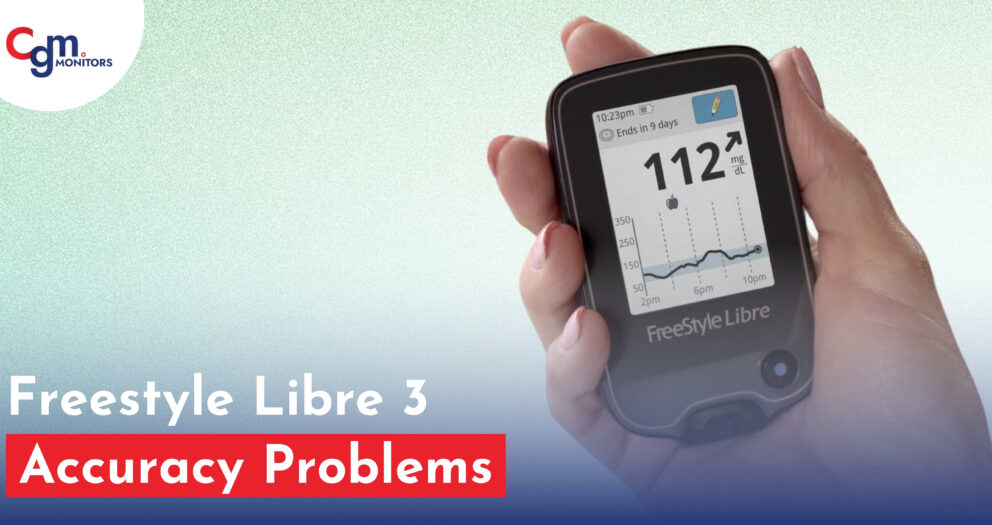Table of content
Usually used as a secondary insurance, specifically for low-income groups or people with severe issues, Medicare covers CGM in many states, but coverage varies based on your state and your specific Medicaid plan. Second, the provider (from whom you are getting the CGM) must be enrolled in the state Medicaid program concerned. Most states provide coverage if you have Type 1 or Type 2 diabetes, require multiple daily insulin injections or use an insulin pump, have frequent episodes of hypoglycemia or hyperglycemia, or have a prescription from your doctor proving medical necessity.
As per information shared by the American Diabetes Association, in 2024, the Centers for Medicare & Medicaid Services (CMS) expanded Medicare coverage criteria for CGMs, allowing individuals with diabetes who do not use insulin to qualify for a CGM if they have a history of problematic hypoglycemia. While Medicare has standardized its coverage criteria, Medicaid policies remain state-specific. Several states do not have published policies covering CGMs for Medicaid recipients. These states include:
- Arizona
- Florida
- Georgia
- Hawaii
- Kansas
- Nebraska
- New Jersey
In these states, Medicaid recipients may face challenges in obtaining CGM devices through their standard Medicaid benefits. However, it’s important to note that under the federal Early and Periodic Screening, Diagnostic, and Treatment (EPSDT) program, all children under 21 on Medicaid are eligible for CGM coverage, regardless of state policies.
State-Level Initiatives:
In October 2023, the Center for Health Care Strategies (CHCS), with support from The Leona M. and Harry B. Helmsley Charitable Trust, announced the selection of seven states—Iowa, Kentucky, Michigan, New Jersey, Oklahoma, South Dakota, and Texas—for the Continuous Glucose Monitor Access Accelerator program. This 18-month initiative aims to provide technical assistance and funding to help these states enhance CGM access for Medicaid beneficiaries, thereby improving diabetes care and reducing health inequities.
Published by the BlueCross BlueShield of Texas, effective February 1, 2024, the Texas Medicaid CGM policy has been updated. The revisions removed the requirement for insulin dependence, expanded eligibility to include individuals with conditions like frequent unexplained hypoglycemic episodes, and eliminated criteria related to the number of daily insulin injections and self-monitoring tests. These changes aim to broaden access to CGMs for a wider range of individuals with diabetes.
CGM coverage by Alabama Medicaid
As of February 2025, Alabama Medicaid does not provide coverage for Continuous Glucose Monitors (CGMs). Advocacy groups, such as Families USA, have been urging Alabama Medicaid to include CGM coverage, highlighting the benefits of these devices in managing diabetes effectively.
What CGMs Does Medicaid Cover?
Freestyle Libre CGM Sensors
Dexcom CGM Sensors
Some states may cover Medtronic Guardian CGM sensors.
A Glimpse of CGM sensors:
CGMs or continuous glucose monitors consist up of a small sensor, typically inserted on the back of upper arm or on the belly (2 inches away from the belly button), a transmitter that is installed within the sensors in most of the latest CGMs, and a handheld monitor, which is again not required with the latest devices as you can see your glucose data directly on your compatible smartphones with them.
CGMs Compared to BGMs:
CGMs provide continuous glucose monitoring without finger pricks.
BGMs require finger pricks every time you check your blood sugar.
CGMs track your glucose trends, allowing you to make more informed decisions.
Glucose trends are not captured with BGMs.
The latest CGM sensors, such as Freestyle Libre 3 Plus, Dexcom G7, etc., are compatible with the automatic insulin delivery (AID) systems as well, allowing easy insulin dosing right from your smartphone.







Write a comment
Your email address will not be published. All fields are required